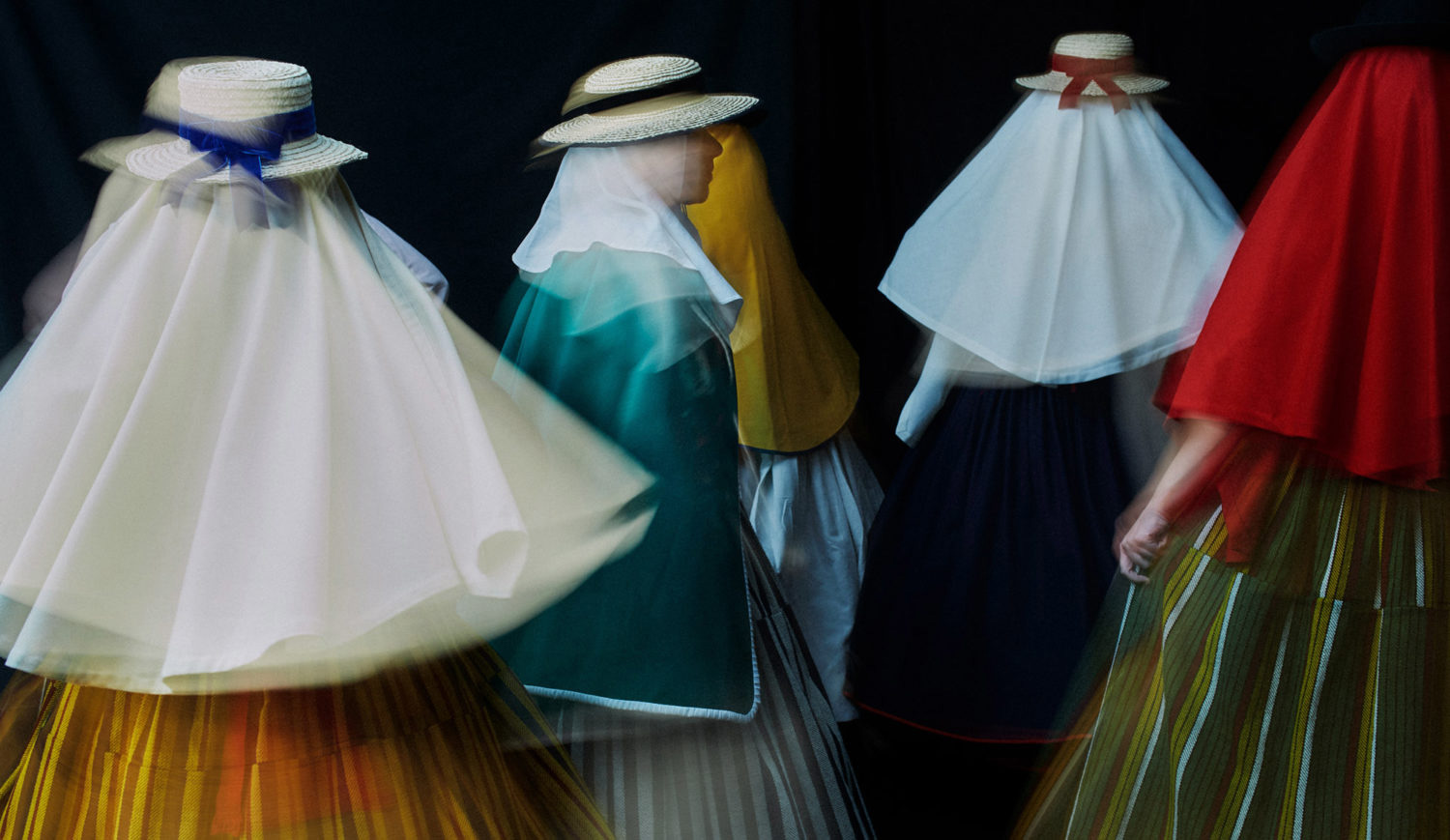TXEMA YESTE AND THE SCENT OF SPICES, THE LATIN RED AND THE NEEDLES OF ORDINARY DAYS’ FRAGILITY
Project by Niccolò Lapo Latini
TXEMA YESTE, Anyós, 26th March 2025 // In the shadow of Andorra’s towering peaks and narrow valleys, at the intersection of the Pyrenees, where Spain and France meet, lies Alta, Gallery of Fine Arts // Revealing his new series of works, Needles, to the public in conjunction with the release of the collector’s book, published by RM, and eloquently chronicled by the wise pen of writer and curator David Campany.
Giving attention to every moment, meaning to every breath, and value to every heartbeat. In the end, life is measured in emotions, in blows to the heart, a multitude of astonishments that make us laugh with joy and cry with sorrow. A mathematical rhythm that embraces the Fibonacci sequence, that spiral that endlessly chases itself, like the eager and impatient dog trying to catch its tail. The talent of the Spanish photographer Txema Yeste may lie precisely there: giving each shot his imprint, a fragment of his soul, a pigment of his color. The same fateful impact as a lover’s kiss on a warm summer evening, the trees singing, the leaves whistling, the wind conducting (as an orchestra conductor would). Leaving our number in the memory of another, something we often do, but in the wrong way.
“Los números se repiten, las horas pasan, y el alma, que tiene su cuenta, se agota.”
Juan Ramón Jiménez
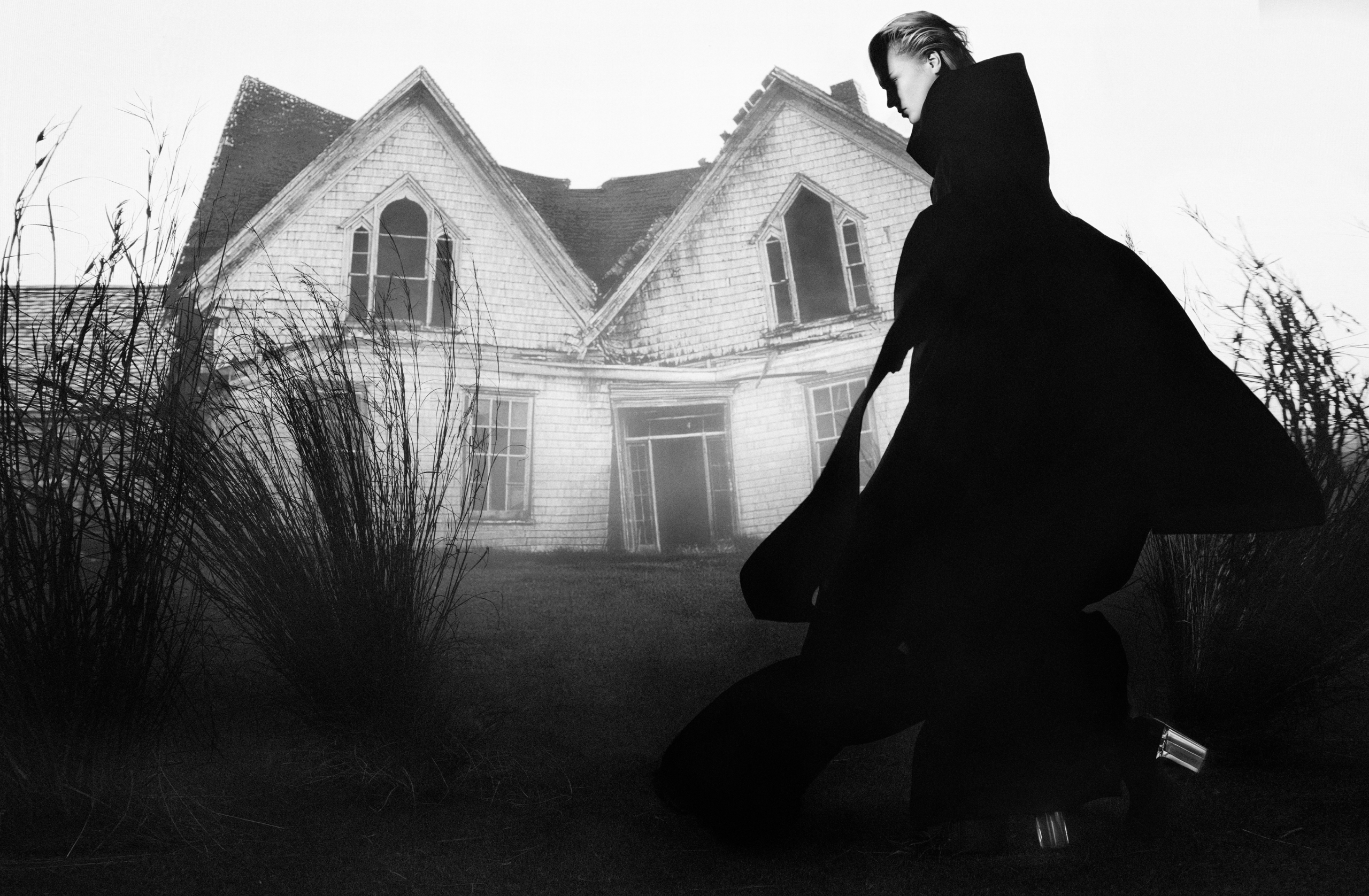
Numéro France Series_7.
The creative process behind a photograph can be complex. What are the fundamental elements that are always present in your work? What does light represent to you, and how do you use it to shape your images?
When starting a new project, I like to focus on creating a sensation—a blend of elements that form a unique little world or character. From there, I begin brainstorming moments or ideas that will evoke that “wow” effect. However, during the shoot, everything evolves organically. I love experimenting with various approaches to discover the best way to capture the final images. I work with angles, light, and other elements, constantly adjusting until everything falls into place.
You’ve worked extensively with Numéro. How did this collaboration begin, and what does it mean to you to collaborate with an entity that has undoubtedly marked a page in the history of the fashion visual industry?
My collaboration with Numéro began in 2013, and it’s been the longest and most consistent partnership I’ve had with a magazine in my career. Working with Babeth has been an incredible journey, and it means a lot to me to be part of such an iconic publication. It’s a relationship that has allowed me to grow both creatively and professionally.
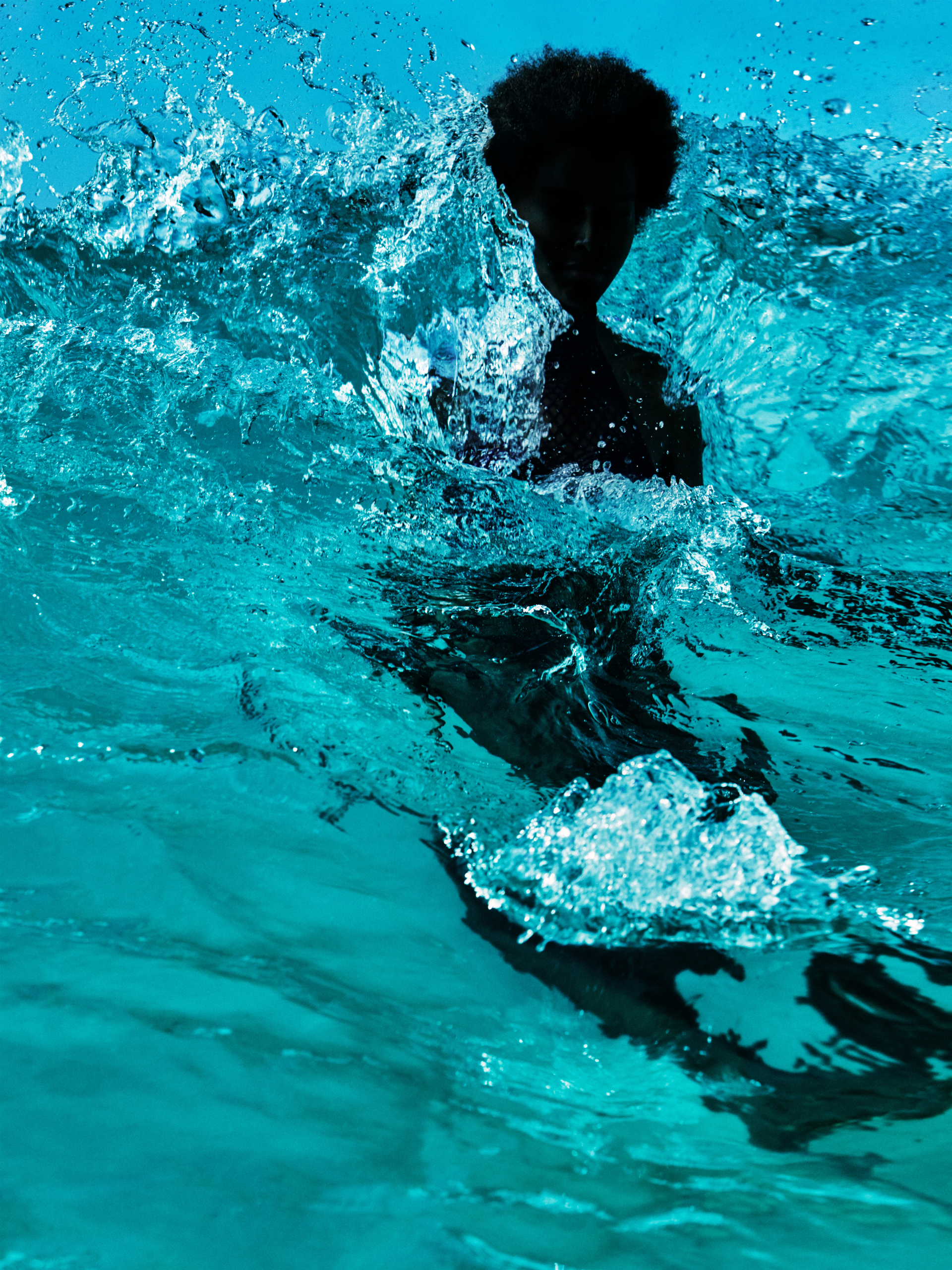
Numéro France Series_8.
Is there a particular photoshoot for Numéro that you remember fondly or that challenged you as an artist? How do you feel Numéro has influenced or enriched your creative vision?
Each of my photoshoots for Numéro has held a special significance, as they reflect the obsessions and interests of that particular moment in time. I’ve always strived to express my genuine passion and curiosity in each project. With every shoot, I’ve been pushed to do more and to elevate my work, which always leads to new and unexpected creative outcomes.
The Needles exhibition seems to explore very powerful and personal themes. Can you tell us about the concept behind this series and the meaning of the title? What was the main message you wanted to convey to the audience through this exhibition?
The project began as a playful exploration during the pandemic. I started creating ephemeral sculptures with the pine leaves from my garden, experimenting with them in the sunlight. This series emerged from that process. It’s about the fragility of the moment, the passage of time during the creation process, and the sense of calm. It became a meditative process, almost like a dream-like state.
What does this exhibition represent for you in the context of your artistic journey? Do you see it as an evolution or a reflection of your past style?
For me, this exhibition is a way to keep exploring my visual language. Throughout my career, I’ve always been curious about experimenting with new ways of approaching photography, trying different paths and seeing how they connect. I think it’s less of an evolution and more of a blend of what I’ve done before with what I’m drawn to now. Each stage of my work is just a way of continuing to discover and build on what I’ve already learned.
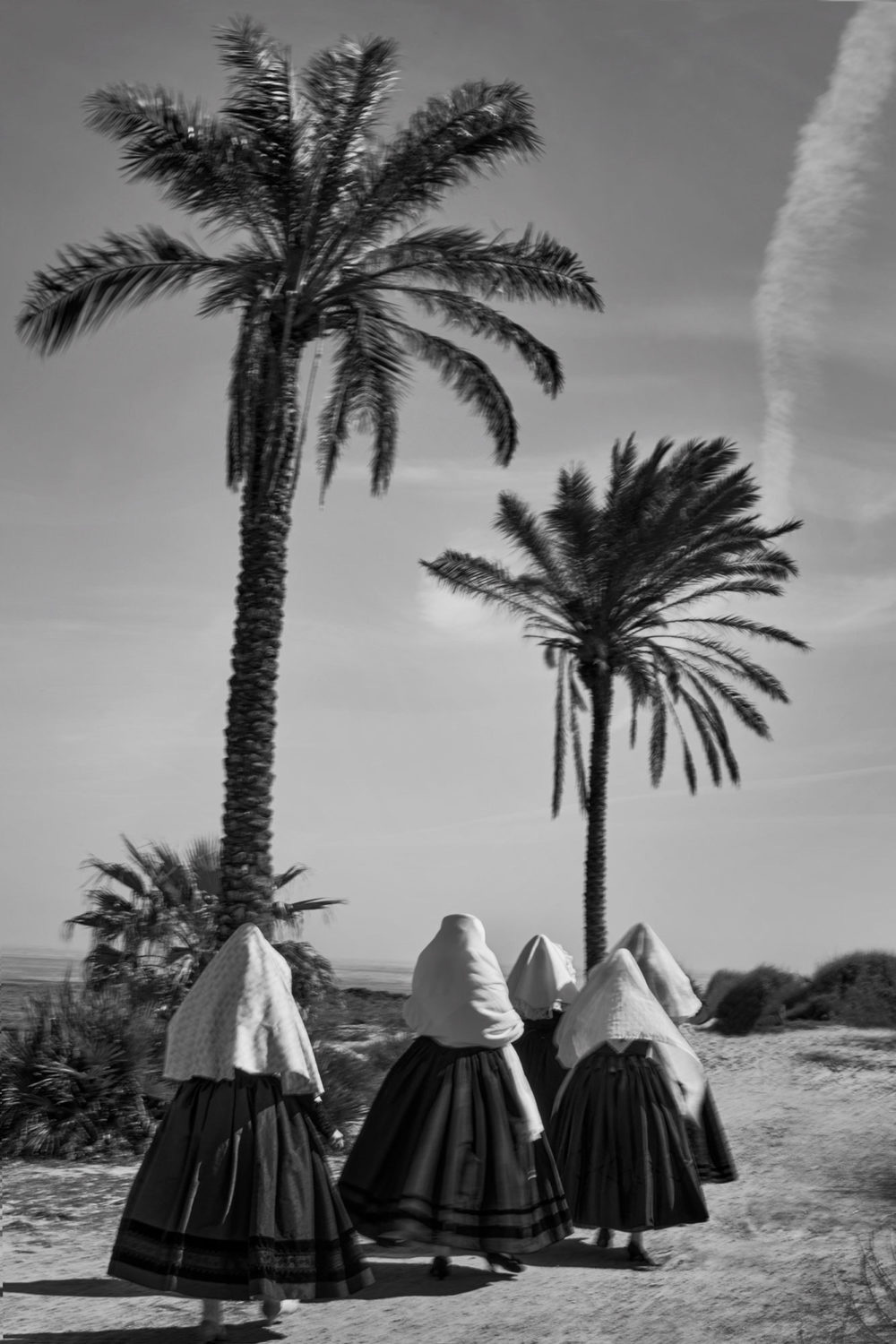
Folk_Comunidad Valenciana.
In Needles , we see colder tones and a minimalist, almost brutalist approach to photography, dominated by shades of gray. This seems far removed from the warm colors and artistic roots of your earlier works. What drove this shift in style? Was it a challenge to adopt this new approach, and how did the necessity for it emerge?
With Needles, I wanted to explore something different, drawing inspiration from the simplicity and graphic qualities of Japanese and Catalan design and architecture. Both have deeply influenced my work, with their clean lines, balance, and restrained elegance. The use of black and white photography felt like the perfect choice to convey a sense of timelessness, eternity, and the pause of time. The challenge was capturing something so ephemeral, and the minimalism was key to expressing that. It wasn’t about making a dramatic change, but rather about responding to the work’s needs in that specific instant.
The warm and vibrant colors often present in your portraits seem to reflect your Catalan heritage. How do your roots influence your artistic approach and the way you tell stories through images?
The Mediterranean light has a unique quality, especially in how it plays with color, and it greatly influences my search for beauty. Inspired by artists like Joan Miró and Antoni Gaudí, as well as the region’s architecture, I’ve developed a deep appreciation for strong, expressive colors. They’ve become a natural part of how I tell stories through my images.
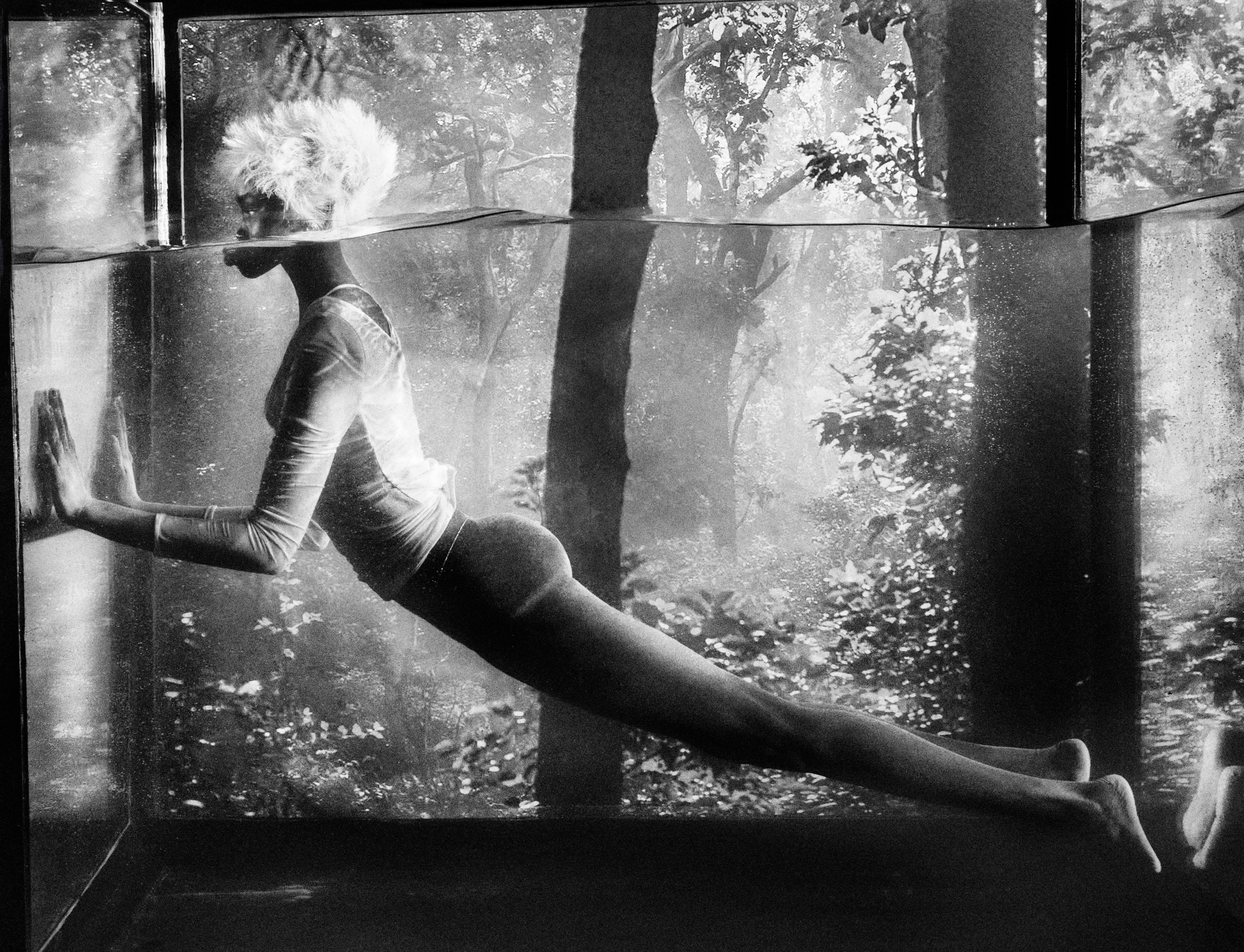
Numéro France Series_2.
Many of your portraits appear to have a deep cultural soul, almost universal in nature. How do you choose your subjects?
Especially in my Folk Pride project, what fascinates me most is the way people use traditional costumes, and the stories of those who wear them. These garments carry a deep connection to those who came before — passed down through families and communities. I’m drawn to the strength and dignity behind the sincere gazes of the subjects, and I aim to communicate that sense of heritage and continuity through their stories.
Are there recurring characters or archetypes in your work, perhaps inspired by stories or traditions linked to your childhood in Catalonia?
I’m not entirely sure about recurring characters or archetypes, but I do believe that the culture you’re raised in inevitably leaves its mark on you. The figures and echoes of your childhood often resurface in subtle ways. For me, much of my influence comes from classic fashion photography, as well as street photography, which has always inspired me deeply.
Why do you number your photos, Txema? Where does this habit come from, and is there something deeper behind it?
The idea of numbering my photos actually came about during the process of designing my new website. I worked closely with the design studio Bendita Gloria, and together we decided to present my work as if it were an archive, without any clear hierarchy—just a mix of images presented randomly. This approach led to the concept of the numbers. They serve as a way to give each photo its own place in the collection, without creating any sense of order or priority. The numbers are a nod to the fluidity of the archive, reflecting how I see my work as an ongoing, evolving exploration rather than something static or fixed. It’s a way to make the viewer focus on the images themselves, rather than the typical expectations of categorization or sequence.

